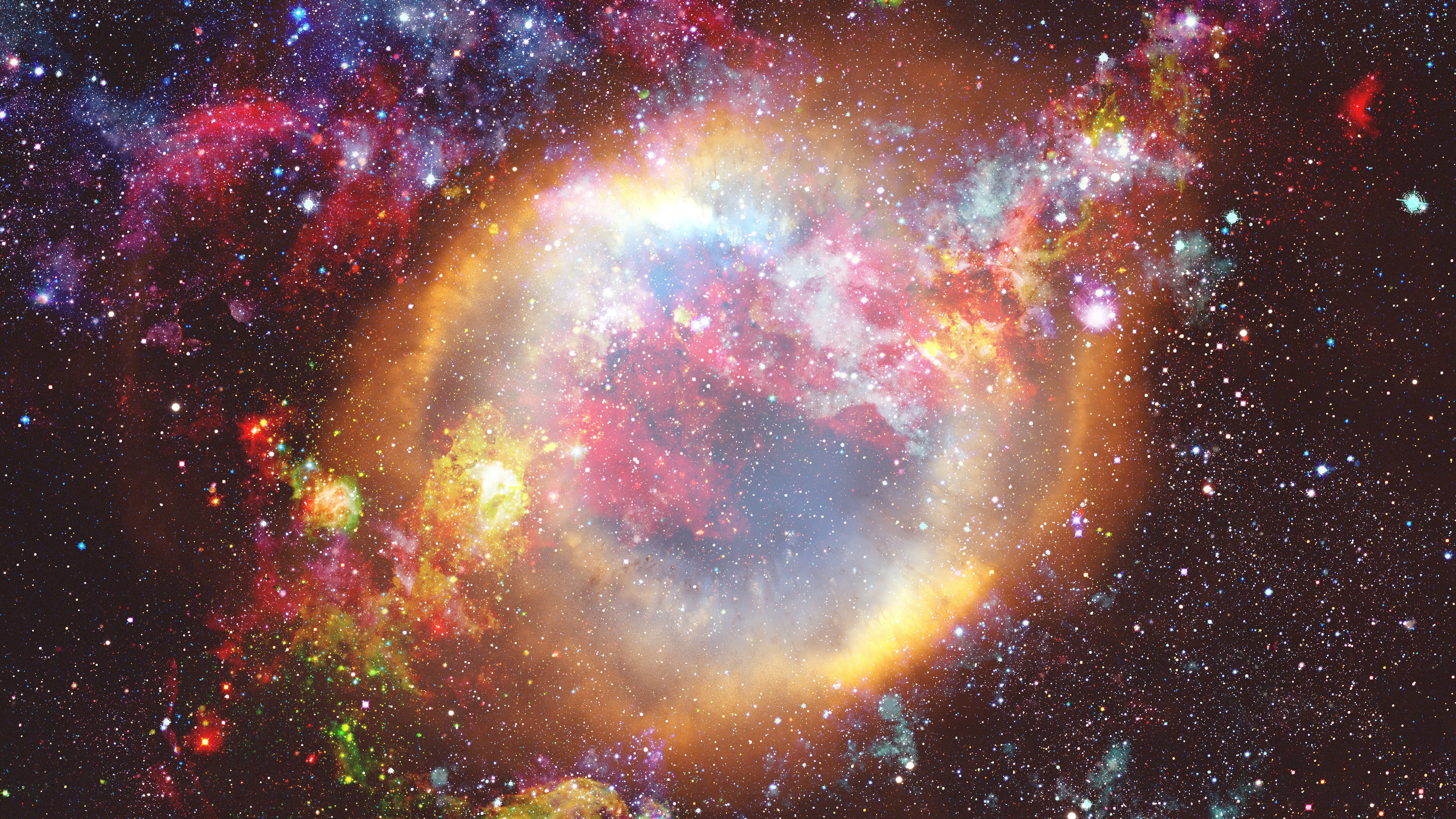
Scientists Discover Ancient Supernova Remnant in Milky WayScientists Discover Ancient Supernova Remnant in Milky Way Astronomers have stumbled upon a colossal supernova remnant, a relic of a massive stellar explosion, hidden deep within the Milky Way galaxy. The discovery, published in the journal Nature Astronomy, sheds light on the enigmatic history of our galactic neighborhood. The remnant, designated G23.6+0.1, was serendipitously detected using data from the Atacama Large Millimeter/submillimeter Array (ALMA) in Chile. It appears as a vast arc of glowing gas, spanning over 200 light-years across. The researchers estimate that the supernova occurred approximately 2 million years ago, relatively recent in astronomical terms. The remnants of supernovas, known as supernova remnants (SNRs), provide valuable insights into the lives and deaths of stars. As massive stars undergo nuclear fusion, they eventually exhaust their fuel and collapse under their own gravity. The implosion triggers a colossal explosion that releases enormous amounts of energy and expels heavy elements into the surrounding space. G23.6+0.1 is an unusual SNR in several respects. It is one of the largest and most distant SNRs discovered in the Milky Way. Its location, near the Galactic Center, also makes it unique as most SNRs are found in the outer regions of galaxies. “This SNR is quite enigmatic,” said Shane O’Sullivan, lead author of the study from the University of Groningen in the Netherlands. “It’s not clear how a star so close to the Galactic Center could have exploded as a supernova. The strong gravitational pull of the supermassive black hole at the Galactic Center should have prevented the star from accumulating enough mass to go supernova.” The researchers speculate that G23.6+0.1 may have been formed by the merger of two massive stars. Such mergers are known to produce very powerful supernova explosions. Alternatively, the star may have been ejected from the Galactic Center by a slingshot effect involving the black hole. “We still have a lot to learn about this fascinating remnant,” said O’Sullivan. “Future observations with ALMA and other telescopes will help us to understand its origin and evolution.” The discovery of G23.6+0.1 provides new insights into the diversity and complexity of supernova remnants in the Milky Way. It also highlights the importance of continuing to explore the hidden treasures of our galactic backyard.
Posted inNews